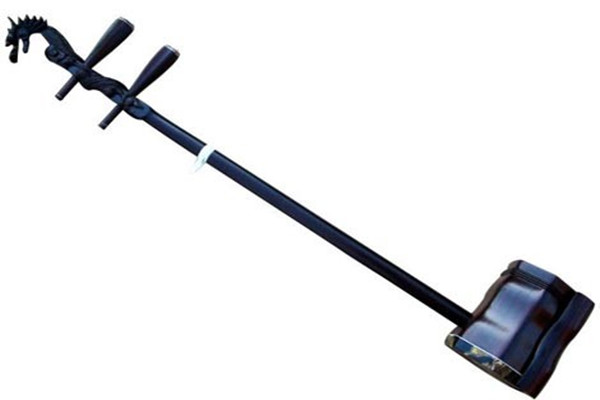As one of the most common folk stringed instruments, Erh-Hu is prevalent across China. It is widely used as an accompanying instrument in many local dramas such as Yueh Opera, Huangmei Opera and Guangdong Opera.

Being prevailing in the Tang Dynasty, Erh-Hu was originated by nomads in North China with a local name as "Xiqin" or "Huqin". It was called "Jiqin" in the Song Dynasty with extremely high performance level, while in the Ming and Qing Dynasty, it was spread throughout China. This instrument was renamed "Erh-Hu" in modern times since it is fitted with two strings (one is thick and the other is thin). The expressive force of Erh-Hu was enriched by Liu Tianhua (living from 1895 to 1932), a famous folk musician through making reference to the performing skills of violin. It is from then on that Erh-Hu became a solo instrument.
With elegant and mellow timbre, Erh-Hu can be used to express secluded, exquisite and lyric emotions. By virtue of its peculiar timbre and expressive force, Erh-Hu has acted as a crucial rhythmic instrument in folk bands, similar to the role of violin in western orchestras.
After the founding of New China, Erh-Hu music has undergone rapid development. Meanwhile, Erh-Hu music created by folk artists has spread far and wide after recomposition. The most famous one is Two Springs Reflect the Moon by Hua Yanjun.
Source: arts.cultural-china.com



